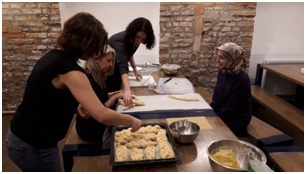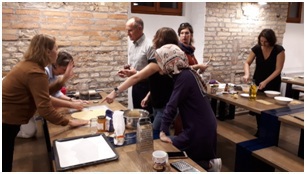On the first day of our kick-off meeting of the ARCH Erasmus project in Budapest we first met at the school. After the short welcoming speech of the headmistress of Kozgazdasagi Politechnikum we had the chance to get to know each other a little. This group of enthusiastic teachers are going to be working together for 2 years to share their interest and curiosity in different religions and cultures with each other and with their students. This was an occasion to start becoming a team.
Then we listened to an introduction of Jewish-Hungarian history presented by a History teacher, of the school. Next came the presentation of a young Hungarian architect on the general traits of Jewish architecture, the basic features of synagogues and some examples of synagogues in Hungary. Both presentations were streamed live through eTwinning.
Jewish Heritage.pdf
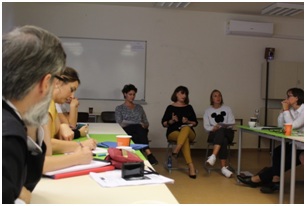
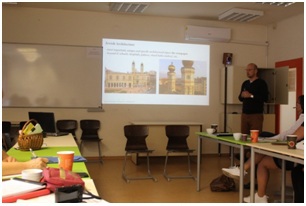
In the afternoon, we attended a walking tour in the Jewish district of Budapest, lead by the Haver Foundation. We deepened our knowledge about the community and about how Haver turns its walks to interactive events where teenagers can learn to observe small details around them and get to know both the history and the present life of Jews in Budapest.
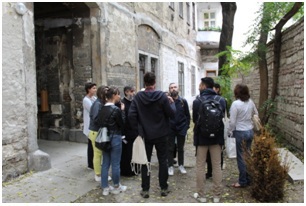
In the evening we had dinner together which gave us the opportunity to reflect on all the information and experiences we gathered during our first day together.
Day 2
After the theoretical insight we obtained the day before, we were ready to see Jewish architecture in real life. We visited two synagogues in Budapest: the Dohany Street Synagogue and the Kazinczy Street Synagoue. The first one belongs to the Neolog Jewish heritage, while the second one is an Orthodox Jewish synagogue.
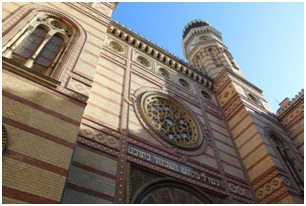
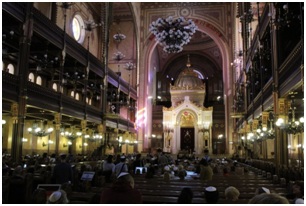
The visit was followed by a staff meeting, where each delegate country presented their own school. We learned about each school, their features, focus, students, and surroundings. We had the chance to reflect on the similarities and differences of our institutions.
We had lunch together at a restaurant nearby.
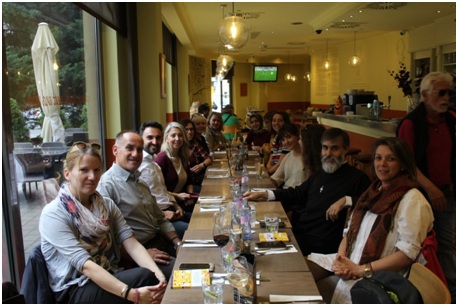
Day 3
On Friday we had a chance to visit the Lauder Javne Jewish Community Kindergarten, Elementary and Secondary School. First we were introduced to the history and the traditions of the school, According to the school’s philosophy Jewish identity can be experienced in many ways. The school provides appropriate religious environment for those students who wish to follow religious rituals but this is not at all expected of all students. They try to teach their students that any individual’s way of seeing their own Judaism is not the only one possible, and that everyone should respect all forms of Jewish identity whether it is religious or not.
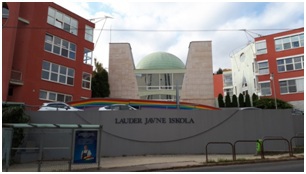
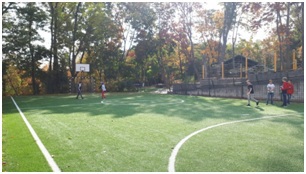
The language year students showed us around the building and the garden, telling us exciting stories about their schooldays. And finally we could peek into how Lauder kindergarten teaches children Jewish traditions at this very early age. Children sing together every Friday as part of preparing for Sabat.
After returning back to Politechnikum we had lunch and a long and intense staff meeting were we discussed details of the project, upcoming dates, tasks to do and so on. In the evening the dancers of Balint House joined us and taught us Jewish dances. By the end of the evening we were able to dance few basic steps and enjoy the choreographies with other teachers of the school and a large number of students.
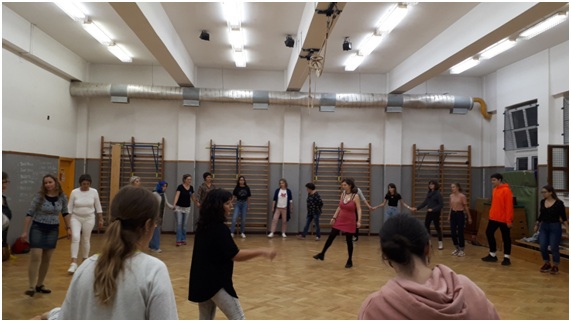
Day 4
In the morning we visited the Pava street Holocaust Museum of Budapest. The guided tour led us through interesting facts about the Second World War and the pre-war events of Hungary. We were all shocked and alarmed by what we saw.
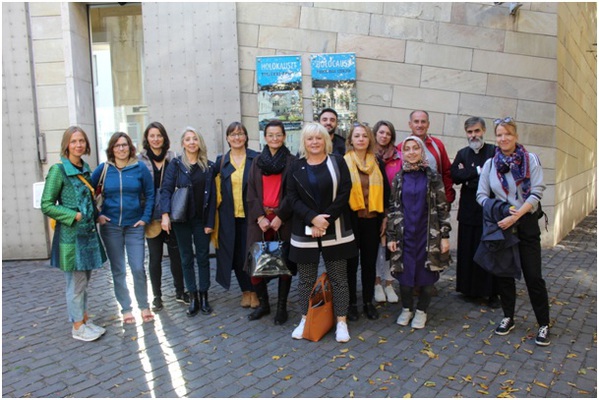
We has another staff meeting were we finished of the work we did the day before. In the afternoon the Hungarian team prepared ingredients and utensils and as the delegations came back from their sightseeing tours the cooking started. We made Jewish bread and other traditional sauces to go with it, and some dessert too. We sat and talked until late night and as it was our last night, we said goodbye.
